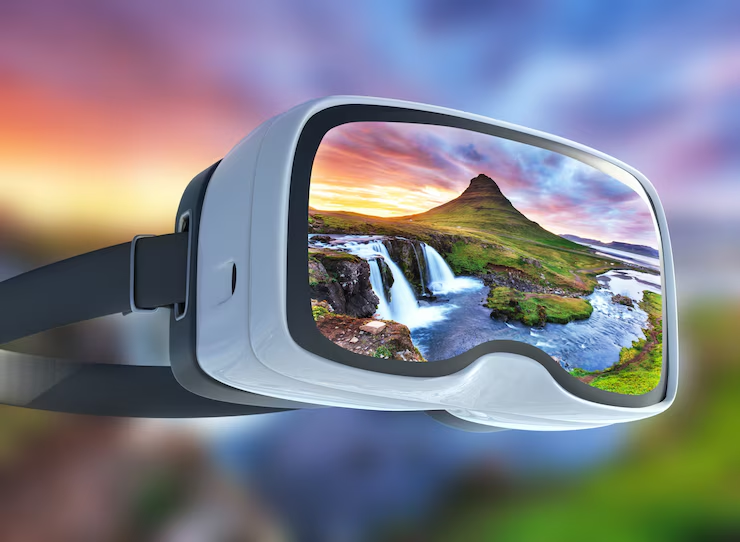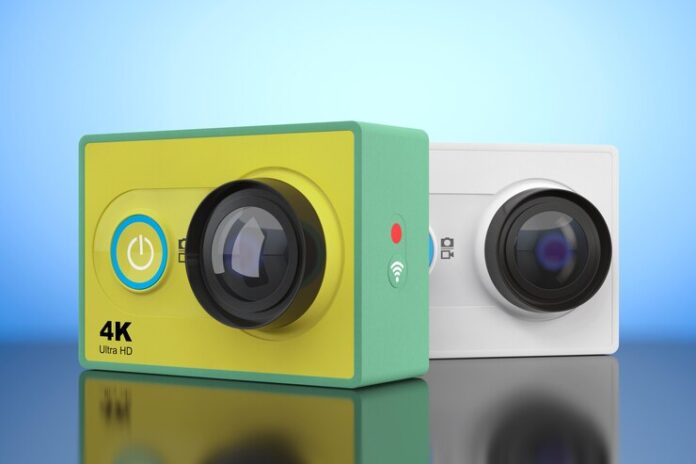In a world dominated by digital visuals, from smartphone selfies to cinematic drone shots, one format quietly brings an extra layer of realism and nostalgia: 3D photography and video. More specifically, a quirky but brilliant concept is making a subtle comeback: “Zwei Guckis = ein Stereoskop“, which translates from German to “Two Viewers = One Stereoscope.”
It may sound like a tongue-twister, but this phrase captures the simplicity and charm of one of the earliest and most fascinating forms of visual storytelling: stereoscopy. In this article, we’ll explore what stereoscopy means, how it works, and why it’s having a minor renaissance in the modern age of digital media.
What Is a Stereoscope?
A stereoscope is a device that allows you to view two slightly different photographs as one 3D image. These two images—taken from slightly different angles to mimic the distance between human eyes—combine to produce the illusion of depth in your brain.
Invented in the early 19th century, stereoscopes were once everyday household items. Families gathered around them, flipping through 3D photos of cities, nature, or comic-style scenes. Fast-forward to Today, and the concept is still alive—though now it’s being reimagined through DIY projects, digital formats, and virtual reality.
“Zwei Guckis = ein Stereoskop”: What Does It Mean?
“Zwei Guckis = ein Stereoskop” literally means “Two peep-viewers equal one stereoscope.” A Gucki (slang in German) refers to those small cardboard or plastic viewers you look through—often associated with 3D postcard souvenirs or filmstrip slides.
The phrase suggests you can create a stereoscopic viewing experience by aligning two Guckis side by side. While it sounds playful, it’s also true in a practical, hands-on sense. Using two simple viewers, one for each eye, you can simulate the function of a full stereoscope—allowing your brain to perceive depth from paired images.
How Stereoscopic 3D Photography Works
Creating a stereoscopic image involves:
- Taking Two Photos – You capture two images from slightly different horizontal positions (usually 6.5 cm apart to match human eye distance).
- Aligning the Pair – Place the left-eye image on the left and the right-eye image on the right.
- Viewing with a Stereoscope (or Two Guckis) – You view each image with one eye using a device or DIY setup. Your brain merges the two images into a single 3D scene.
This method is highly effective because it mimics how human eyes perceive depth in real life.
Modern Uses of 3D Photography and Video
While stereoscopes might sound like an old-fashioned concept, 3D visuals are everywhere Today—and more popular than ever. Here’s where you might see their influence:
1. Virtual Reality (VR)
VR headsets operate on the same principle as stereoscopy—two images displayed side by side, each shown to one eye. Devices like Oculus or Meta Quest are just modern, high-tech stereoscopes.
2. 3D Movies
The glasses used in theatres show different images to each eye, creating the illusion of depth, much like a stereoscope.
3. Social Media Filters
Some platforms now allow 3D photo uploads, especially Facebook’s “3D Photo“ feature. This feature moves slightly with your scroll or tilt—another take on stereoscopic depth.
4. Education and Science
3D models and videos help students visualize complex structures—such as molecules, architecture, or historical artefacts—in lifelike formats.

DIY: Build Your Stereoscope with Two Guckis
Want to try it at home? Here’s a fun way to test the idea of “Zwei Guckis = ein Stereoskop“ using everyday materials:
What You’ll Need:
- Two identical small viewers (like old Guckis or simple magnifying lenses)
- A cardboard frame or holder to mount them side by side
- A pair of stereoscopic images (you can find many free ones online)
Steps:
- Set the Guckis 6.5 cm apart on the frame to match the average distance between human eyes.
- Print or display the stereo image pair, ensuring the left and right images are correctly placed.
- Look through each Gucki with one eye. Adjust the angle until both images align and appear as one 3D scene.
This hands-on method helps you understand the concept and adds a fun, retro twist to viewing photos.
Creating 3D Photos and Videos Today
You don’t need expensive gear to start making 3D content. Here are some modern ways to try it:
📷 With Smartphones
Some apps like LucidPix, Phogy, or Fyuse let you take 3D photos using a single camera and software algorithms to simulate depth.
📸 With Two Cameras
You can DIY a 3D rig by mounting two phones or cameras side-by-side and syncing their shots. This creates true stereoscopic image pairs.
🎥 3D Video
Use dual-lens cameras (like the Fujifilm FinePix Real 3D or GoPro rigs) for video. Some smartphones even support 3D video capture through external lens kits.
The Emotional Power of 3D
What’s special about stereoscopic visuals isn’t just the tech’s how they make you feel. A flat image is like looking at a moment. A 3D image feels like being there. Whether a family portrait or a mountain view, 3D adds resonant emotional depth.
Many photographers and artists use stereoscopy to reconnect audiences with digital imagery’s lost sense of realism. It’s slower, more deliberate visual storytelling that rewards careful attention and wonder.
Final Thoughts: Old-School Meets New Cool
“Zwei Guckis = ein Stereoskop – 3D Photo and Video” isn’t just a quirky phrase—it’s a bridge between past and present. In an age where everything is fast, filtered, and digital, revisiting stereoscopy reminds us of the joy of analogue curiosity and hand-crafted creativity.
With just two viewers, patience, and a fresh perspective, you can unlock an entirely new way of seeing the world. Whether you’re a photographer, teacher, VR enthusiast, or just a curious mind, stereoscopy offers a unique lens—literally and figuratively—on how we capture and experience reality.


